Currently I'm planning on doing a PCB with DDR3 memory and an Artix7 FPGA. During my research a few questions accumulated.
When looking at the reference manual of the Arty7 board, I see that I have to configure DDR3 output drive strength and On-die termination to RZQ/6. Using a 240 Ohm reference resistor, RZQ/6 equals 40 Ohms. On the other hand, the manual states, that all traces are 50 Ohm traces (100 Ohm differential) and that the FPGA's termination should be configured to 50 Ohms. Another thing is, that the Address/Control signals are all terminated with 40 Ohms according to the schematic.
The schematic of the arty7 board can be found here. The DDR3 memory and its 40 Ohm termination resistors are shown on page 9.
To me, it would be more logical to use 40 Ohms everywhere. Why is this impedance mix used? I know, that for higher speed DDR3 applications 40 Ohm systems are typically used. However, to me, it seems completely unlogical to go with 50 Ohm traces, when you can't even configure the ODT to 50 Ohms: RZQ/6 = 40 Ohms, RZQ/4 = 60 Ohms, assuming 240 Ohm RZQ. (I've never seen another value besides 240 Ohms).
- Can someone clarify this impedance stuff?
Technically, the DDR3 device using 40 Ohm output impedance on a 50 Ohm trace and load should't affect signal integrity, but affects the signal amplitude.
Don't you get overshoot when driving a 50 Ohm net with a 40 Ohm driver?
How is signal integrity guaranteed, when using a 50 Ohm line impedance in combination with 40 Ohm termination resistors?
For my design I initially intended to use 40 Ohm traces, 40 Ohm termination resistors on address lines and an ODT setting of RZQ/6. for a 1000Mb/s transfer speed DDR3 device. Unfortunately, this is a hobby project and I don't have access to SI simulation tools to verify this using the IBIS models.
